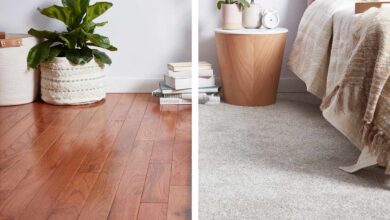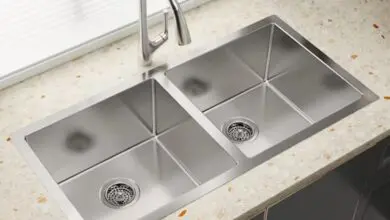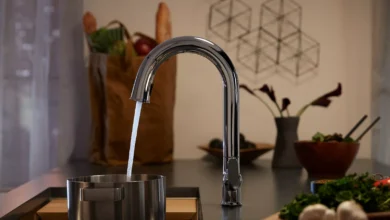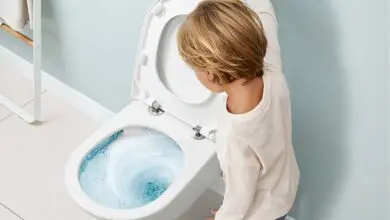Green Glamour: Revolutionising Home Exteriors with Eco-Friendly Materials

In today’s world, where environmental sustainability is paramount, choosing eco-friendly materials for home exteriors isn’t just a trend; it’s a necessity. This article explores various eco-materials that not only support the planet but also add a unique aesthetic and practical value to your home.
Types of Eco-Friendly Materials
In the quest for greener living, the materials we choose for our homes play a crucial role. One popular choice is recycled steel, which reduces the need for new mining and offers exceptional durability. Another innovative option is reclaimed wood, salvaged from old buildings, bridges, or ships, which provides a rustic charm while saving living trees. Bamboo, a rapidly renewable resource, stands out for its fast growth cycle and strength, making it an excellent choice for eco-conscious homeowners.
Then, there’s cork, primarily known for wine stoppers but also a fantastic insulating material for home exteriors, offering natural water resistance and thermal insulation. For those leaning towards a more modern look, fibre cement siding, made from a mix of wood fibres, sand, and cement, provides a sustainable and fire-resistant alternative to traditional siding materials. Another emerging trend is the use of solar tiles, which blend the functionality of solar panels with the aesthetics of traditional roof tiles.
Composite Materials
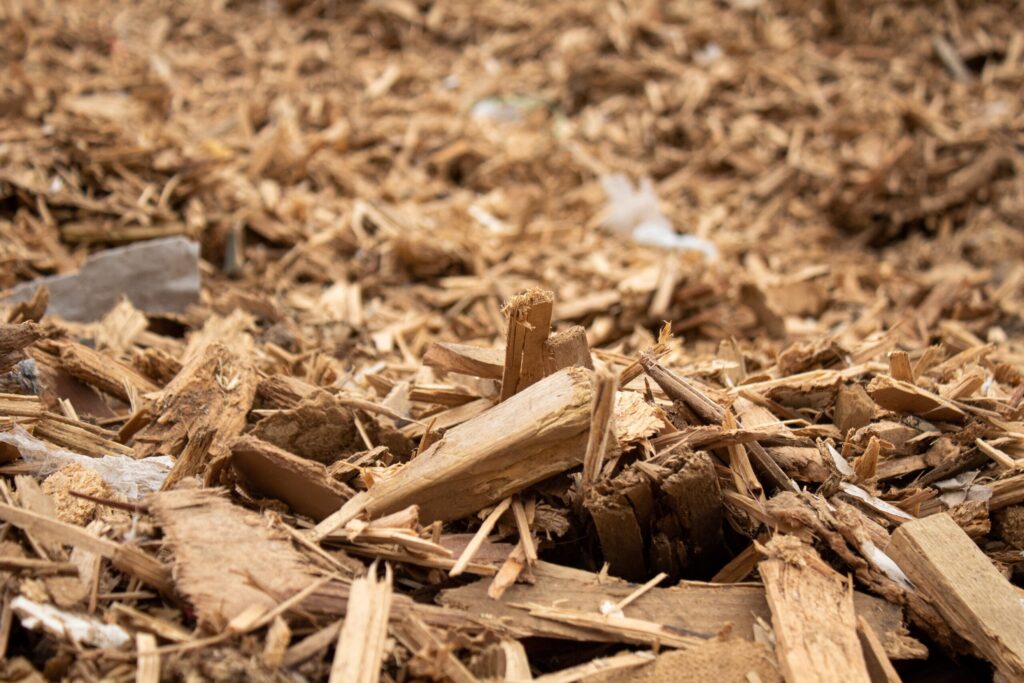
WPC composite is a rising star in the eco-materials arena. Made from a blend of recycled wood and plastic, composite cladding provides a sustainable facade without compromising on style. Its durability is noteworthy, resisting rot, fading, and weathering far better than many traditional materials.
Not only does this reduce maintenance costs, but it also extends the lifespan of your home’s exterior. Furthermore, composite cladding’s aesthetic flexibility means it is available in various textures and colours, allowing homeowners to achieve their desired look while being environmentally responsible.
Benefits of Using Eco Materials
The benefits of using eco-friendly materials for home exteriors extend far beyond their minimal environmental footprint. Energy efficiency is a major advantage, as many of these materials offer superior insulation, reducing the need for heating and cooling and thus lowering energy bills.
They also promote sustainability, as their production typically involves less waste and lower greenhouse gas emissions. Moreover, eco materials can offer significant long-term cost savings due to their durability and low maintenance needs, proving that going green can be as kind to your wallet as it is to the planet.
Conclusion
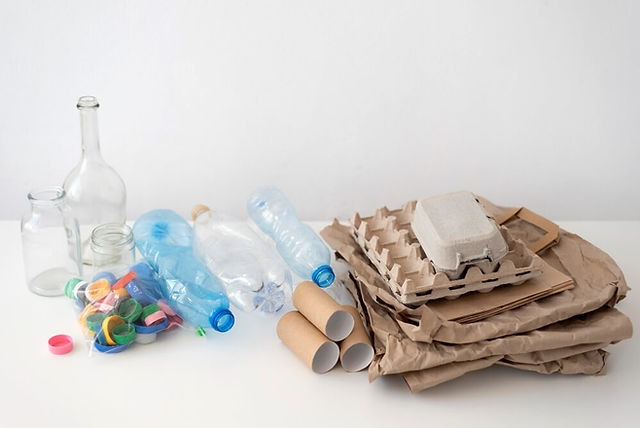
In conclusion, embracing eco materials for home exteriors is more than just a style statement; it’s a step towards a sustainable future. These materials, from recycled steel to innovative composite cladding, not only minimise environmental impact but also enhance the beauty and efficiency of our living spaces.
They symbolise a growing awareness and responsibility towards our planet, offering homeowners a perfect blend of aesthetics, durability, and eco-consciousness. As we strive for greener lifestyles, choosing eco-friendly exterior materials is a powerful way to contribute to a healthier environment, ensuring our homes are not just attractive but also aligned with the health of our world.

